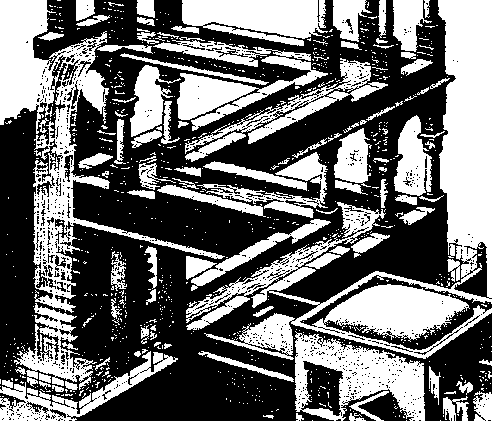Strength training is better for health span than hypertrophy. Unless talking about powerlifting competitors or Olympic lifters specifically, most lifters use a considerable variety of exercises. Things improving balance, endurance, and mobility are also helpful and compatible with lifting.
Studies show a link between grip strength and longevity, which is seen as a proxy for strength.
Big people tend to be strong, so these are two sides of a similar coin. However, overall size is inversely related to longevity. This may be thrown off by unhealthy methods used by some to get big. It may be related to similarities between growth and cancer. It might be because size may affect heart strain or blood pressure and involve higher caloric intake. (Lower but adequate calories often makes mice live longer). But you can become very strong while staying the same weight (though as a non-endomorph initial lifter one will gain substantial weight before this occurs). From a longevity standpoint this is better - using the fat one has to build muscle, in a sense.
More complicated considerations invoke AMPK and mTOR systems (discussed reasonably clearly for layfolk in Fung’s Longevity Solution). Since many other factors affect this, such as fasting or phytonutrients or maybe things like metformin, one can probably compensate for some (hopefully all) of the negative aspects of hypertrophy. I do this with a shotgun approach, and wish the evidence was better for stuff I personally do but would not strongly advise to my patients. But when I was at my physical strongest, my weight had been the same for ten years. Good evidence for healthspan, in humans and not mice, means studies that take decades and are difficult and expensive to do even passably well.

